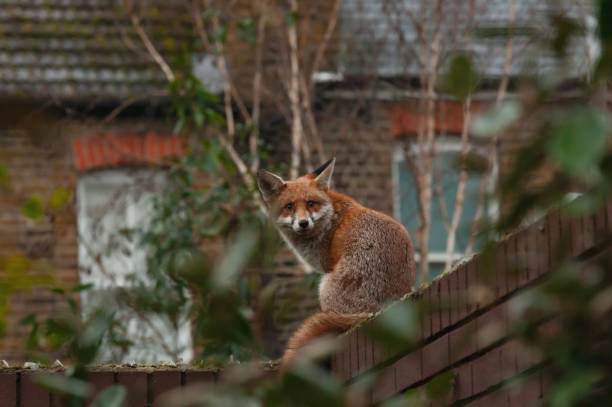The Fascinating Journey of Domesticating Foxes: A Modern-Day Experiment
Foxes, with their cunning and bewitching allure, are often the subjects of folklore and fables. In recent years, however, they have been the focus of a captivating real-life story: the attempt to domesticate them. This fascinating experiment has not only provided valuable insights into the science of domestication but also paved the way for a new kind of pet.

The tale of domesticated foxes dates back to the late 1950s, when Soviet scientist, Dmitry Belyaev, embarked on a daring experiment in Siberia. His goal was to breed foxes that exhibited friendly, dog-like behaviors towards humans. What was originally a scientific endeavor has evolved into a unique pet trend.
The Birth of the Domesticated Fox
Belyaev’s experiment involved selectively breeding foxes that showed the least fear and aggression towards humans. Over the course of several decades, the experiment saw the birth of a new type of fox. These animals were not just tame, but actively sought human companionship, wagging their tails and licking faces in the same way dogs do.
The process also led to unexpected physical changes. The domesticated foxes began to develop floppy ears, curly tails, and piebald coats - traits commonly seen in domesticated dogs but very rarely in wild foxes.
The Domestic Fox Today
Fast forward to the present day, and the descendants of Belyaev’s foxes are now sold as pets. They are known as the Siberian fox or the domesticated silver fox. Despite their increased popularity, owning a domesticated fox is not for the faint-hearted. They require a great deal of care, socialization, and mental stimulation.
Purchasing a domesticated fox can cost anywhere from $8,000 to $10,000, a hefty price tag that reflects the rarity and novelty of these animals. Despite this, the demand for domesticated foxes continues to grow, contributing to a niche yet burgeoning sector of the exotic pet market.
The Science Behind the Charm
The domestication of foxes is not just a captivating tale; it is also a significant scientific milestone. Belyaev’s work has provided enormous insights into the process of domestication and how it impacts an animal’s behavior and physical characteristics.
Scientists believe that the friendly behavior and physical traits seen in domesticated foxes are linked to lower adrenaline production, a result of selective breeding. These findings have given us a deeper understanding of the genetic and hormonal changes that occur during domestication.
A Word of Caution
While the story of domesticated foxes is intriguing and the animals adorable, it’s important to remember that they are not dogs. They come with their own set of challenges, including a strong odor, destructive behavior, and the need for a specialized diet and outdoor enclosure.
Potential owners should thoroughly research and consider the commitment required before bringing one of these fascinating creatures into their home. The captivating experiment of domesticating foxes serves as a reminder of our complex relationship with the natural world and the surprising outcomes that can emerge from our interactions with it.



